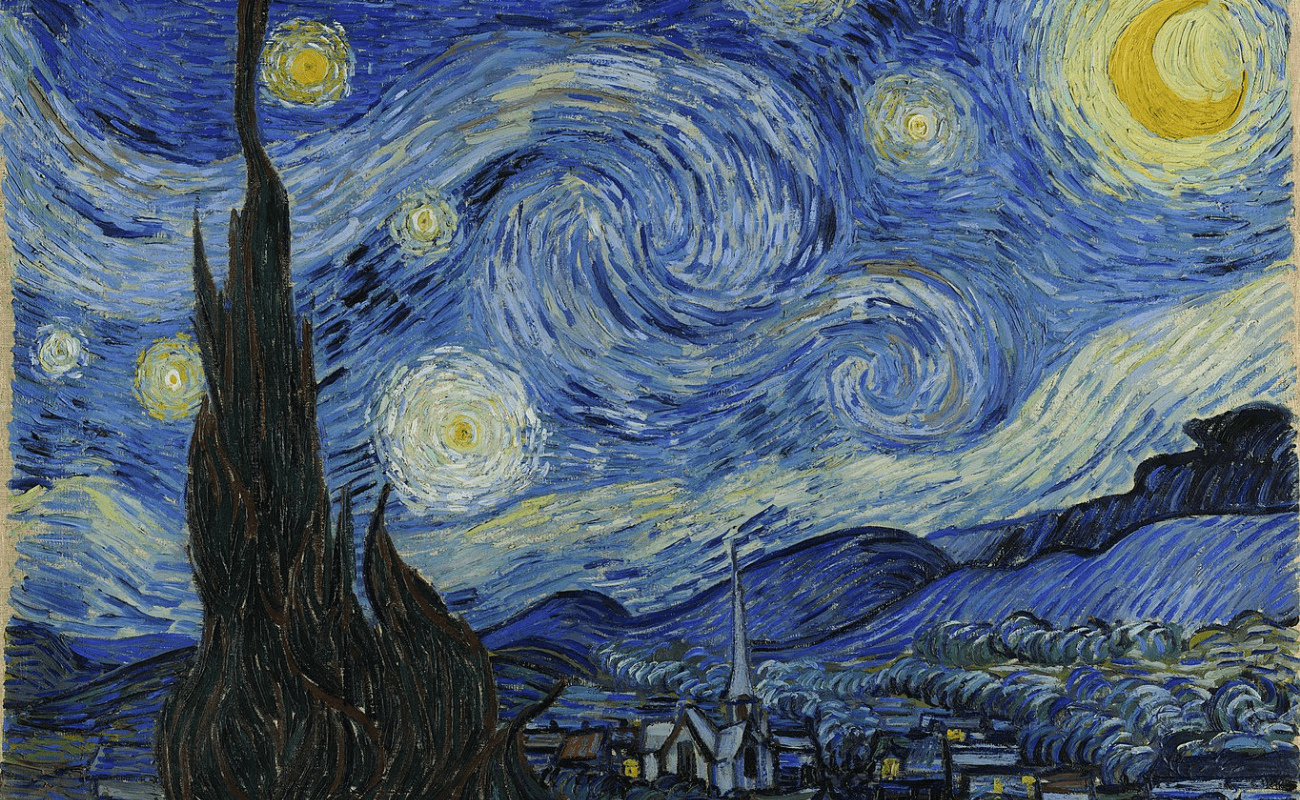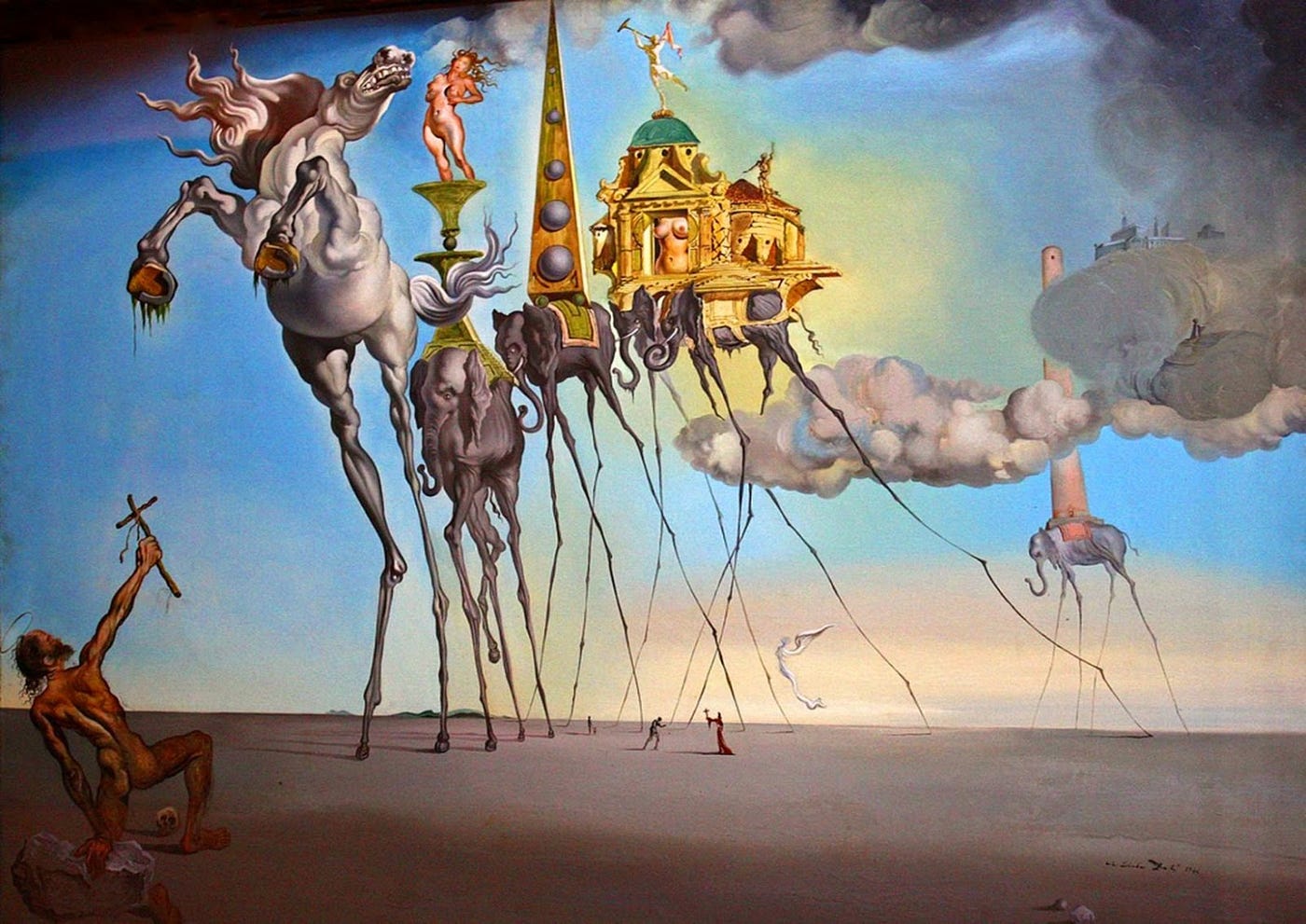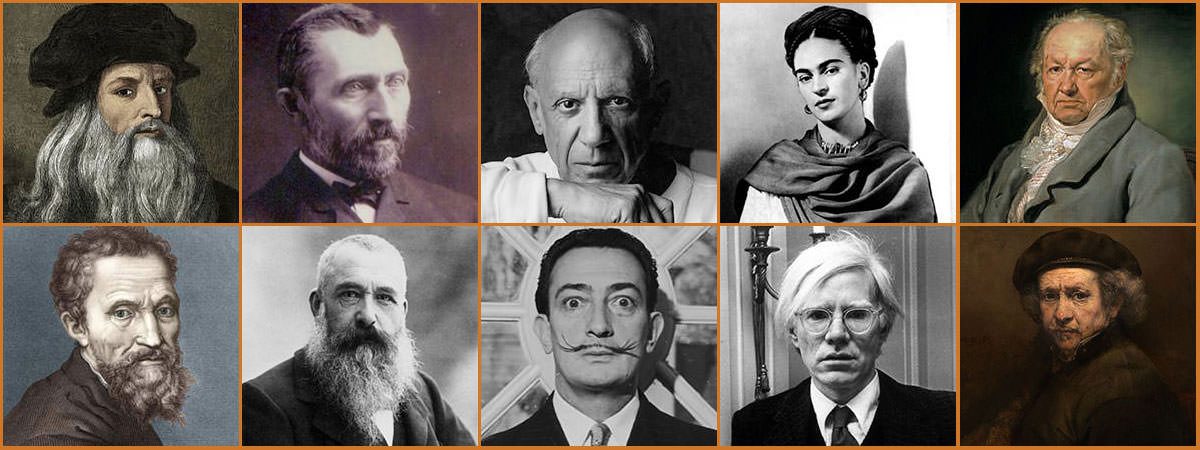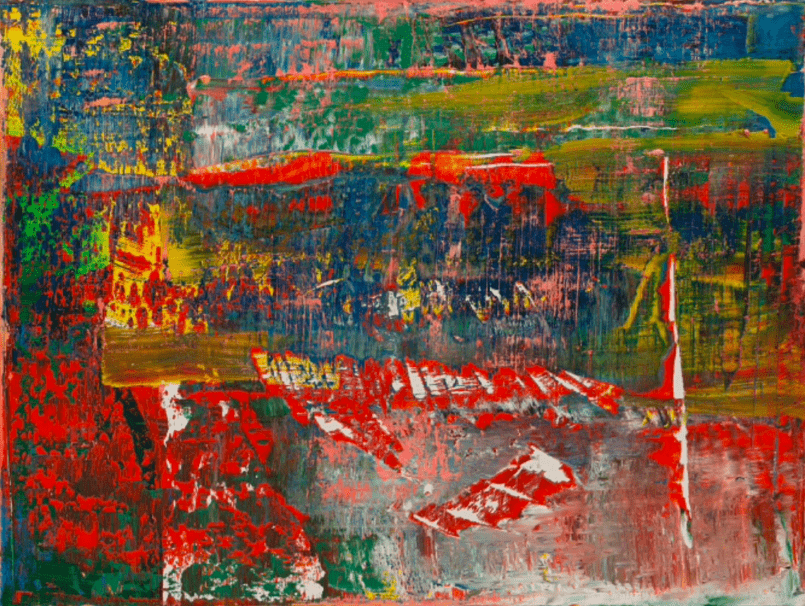Modern art, a revolutionary movement that emerged in the late 19th century and flourished throughout the 20th century, challenged traditional notions of art and propelled the world into a new era of creativity and self-expression. With its bold experimentation, unconventional techniques, and emphasis on personal interpretation, modern art continues to captivate and intrigue audiences worldwide. In this blog, we will explore the fascinating world of modern art, its key characteristics, influential artists, and its lasting impact on the art world.
Breaking Free from Tradition:
At its core, modern art aimed to break free from the shackles of traditional art forms and embrace innovation and individuality. Artists sought to challenge conventional ideas of representation, perspective, and subject matter, opening the door to new possibilities and interpretations. This departure from realism led to the birth of various art movements, each with its unique style and philosophy.Art Movements and Styles:
The modern art movement encompassed a diverse range of styles, each leaving its mark on the artistic landscape. Some notable art movements include: Impressionism: Emerging in the late 19th century, Impressionism rejected the strict rules of academic art and focused on capturing fleeting moments, emphasizing the effects of light and color. Artists like Claude Monet and Pierre-Auguste Renoir pioneered this movement, bringing a fresh perspective to the art world.Cubism: Led by Pablo Picasso and Georges Braque, Cubism revolutionized the concept of representation. Breaking down subjects into geometric forms and multiple viewpoints, Cubist artworks challenged traditional notions of perspective and shattered the boundaries between two and three dimensions.
Influential Artists and Their Impact:
Modern art is marked by a plethora of influential artists who pushed the boundaries of creativity and challenged established norms. From the iconic works of Vincent van Gogh, with his vibrant colors and emotional brushwork, to the avant-garde experiments of Marcel Duchamp, who questioned the very definition of art, these artists reshaped the art world.Modern art's impact extends beyond the canvas. It transformed the way society viewed and engaged with art, emphasizing individual interpretation and the artist's intent. The movement also paved the way for new mediums, such as installation art, performance art, and conceptual art, broadening the possibilities of artistic expression.
Contemporary Significance: Modern art continues to have a profound impact on contemporary art practices. It serves as a foundation for artists today, providing inspiration and a framework for experimentation. The principles of modern art, such as freedom of expression, the power of symbolism, and the breaking of conventions, are still embraced by artists who seek to challenge and provoke audiences.
Moreover, modern art has become a global phenomenon, transcending cultural and geographical boundaries. Museums, galleries, and art institutions around the world celebrate and showcase modern artworks, fostering dialogue and understanding among diverse audiences.







Comments
Post a Comment